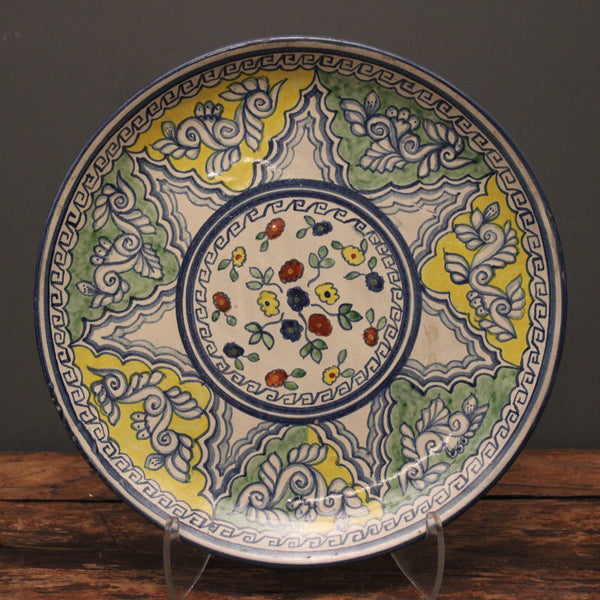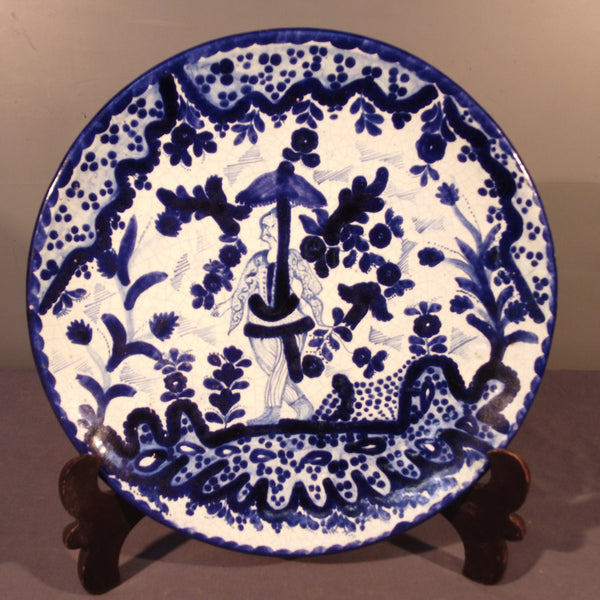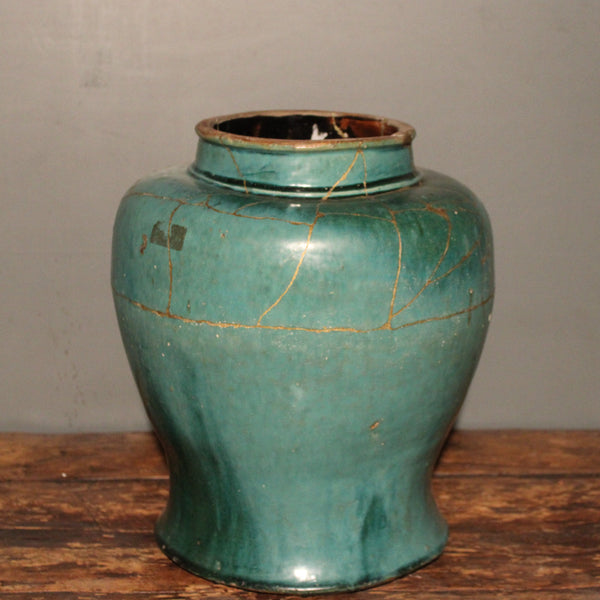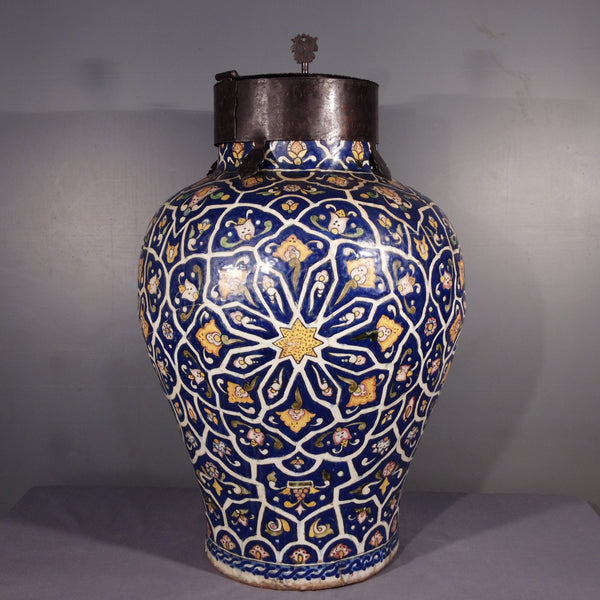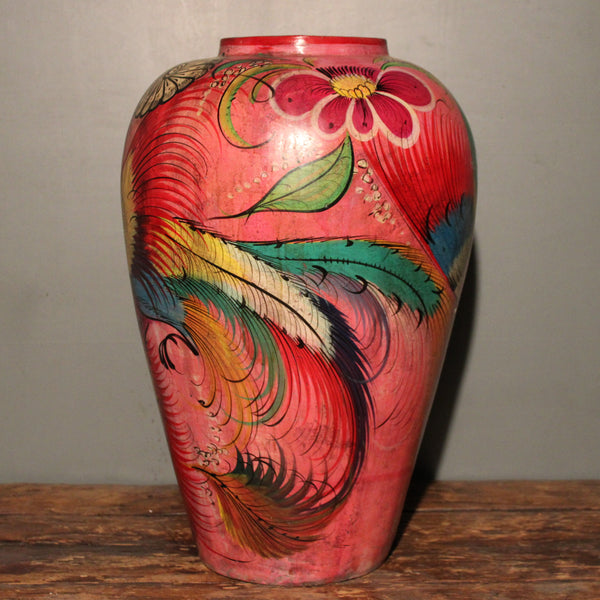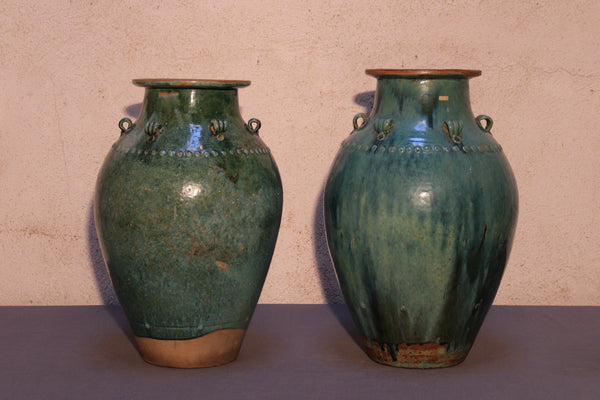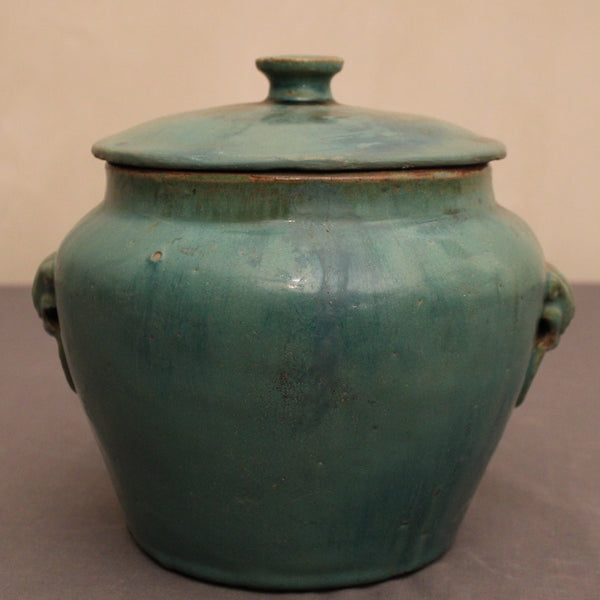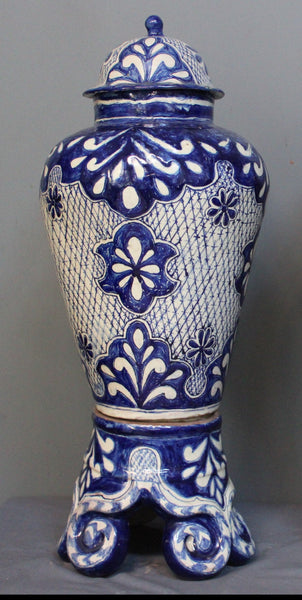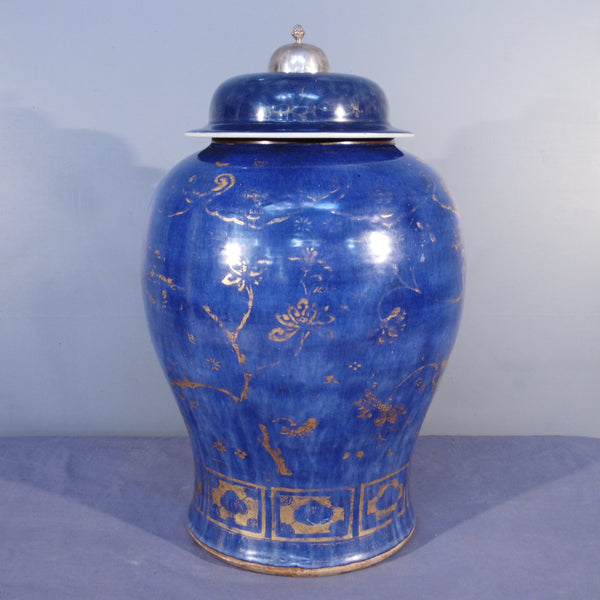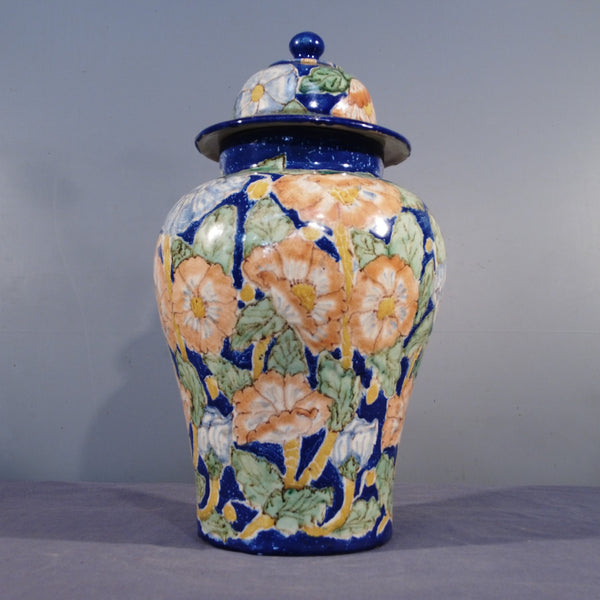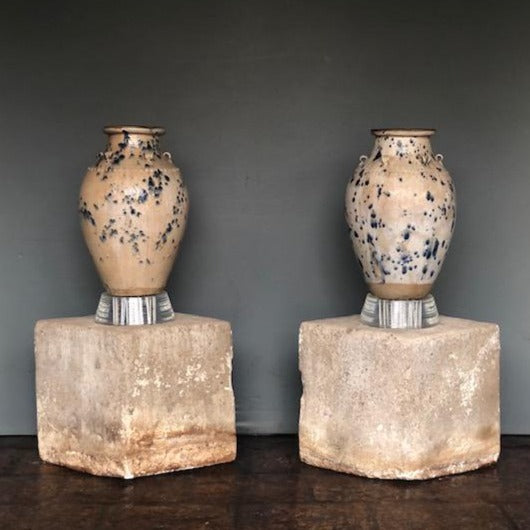Talavera, Ceramics & Jars
Talavera Pottery began in the town of Puebla in Mexico and was called "Talavera de la Reina" as it was made exclusively for the King and Queen of Spain. As time progressed it became available to the general public. One could say Talavera originated from the Spanish Majolica Tradition but incorporated a Mexican interpretation of color, form, and size. The Mexican color pattern was much brighter, using organic glazes available in the "New World". Talavera was also influenced by Chinese ceramics and pottery, which arrived via the Manila Galleon/Acapulco Trade Route which ran from 1585 to 1820. Mexican Talavera, with its vibrant color and design scheme, also influenced Chinese pottery of the time. Although Talavera began as decorative art, it became more utilitarian as the centuries passed by. Large jars with locking metal tops called "chocolateras" were used for the storage of expensive condiments and spices in many households. Sets of dishes and serving platters in the Talavera tradition also became very popular. Beautifully glazed jars in Asia, mostly made in the port of Martavan, were used as shipping containers that would be lashed to racks in the holds of merchant ships and contained everything from oil to grains to precious spices.
The Peruvian version of Talavera, much more reminiscent of Chinese influence, was transported to Acapulco and then onto Lima via the Manila Galleon/Acapulco Trade Route.


